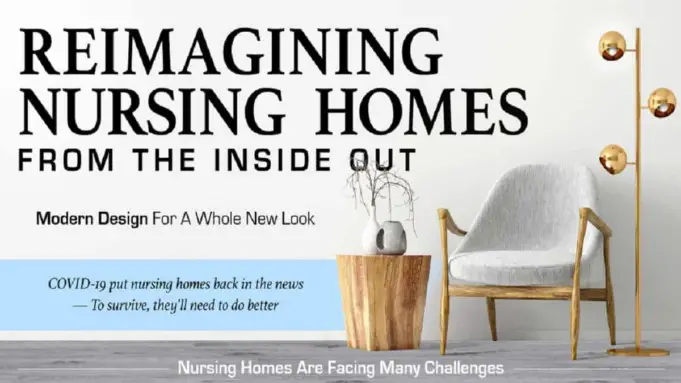The reputation of nursing homes has hit an all-time low. Still, this problem already existed before the pandemic hit, it is not just apparent to the general public, so it is essential to acknowledge and fix these set problems.
Nursing homes face an array of issues, problems with poor living conditions and health code violations. Officials cited 94% of nursing homes for these violations, and 17% of these violations created infliction, including bedsores, medical confusions, lousy diet or nutrition, and abuse and neglect.
These problems raise cause for serious concern, as the demand for nursing homes has increased over the years. 65-year-olds have a 70% chance of needing long-term care, and 20% of them will require this care for more than five years.
Nursing homes also face significant financial issues. From 1999 to 2008, 50% of hospital-based facilities closed down, 11% of freestanding facilities shut down, 10% of rural facilities closed down.
If nursing homes do not comply with a set standard, they are at more significant hazard for closure. These problems are often accentuated if they deal with problematic recreation options and poorly constructed physical design, on top of high overhead costs, inadequate medical reimbursement, and breaches of biohazard safety. This can cause problems for the patients and the facility.
These factors require a change in structure, but it is first useful to understand architectural design basics for nursing homes. All nursing homes have a basic layout, which includes patient rooms, lobby spaces, public and private bathrooms, staff rooms, and food preparation areas.
The construction of the building is significant since it is a place of residence for senior citizens, and it is key to the foundation. Patients’ experiences depend on what is available to them.
Different units should include custodial — for bathing, feeding, and medicine administration, in-house — for in-home room and board, dietary, recreational, and rehabilitation — to strengthen and repair patients.
Builders should use ergonomic appliances and technology, high-quality, budget-friendly, economical technology, and high quality of care and attention to organizing the building to ensure that it is beneficial and helpful.
It is essential to recognize who the patients are, how many patients there are, the length of their stay, what equipment is necessary for them, and their daily traffic in the building.
Moreover, designers should examine the interior, including how many rooms, if safety standards are met, what kind of environment is created, and how will residents observe it.
According to Ritz Flooring, investing in cost-effective architecture, including luxury vinyl tiles for smooth and fall-proof surfaces and stone particle composite for waterproof abilities, will significantly benefit the home’s design.













